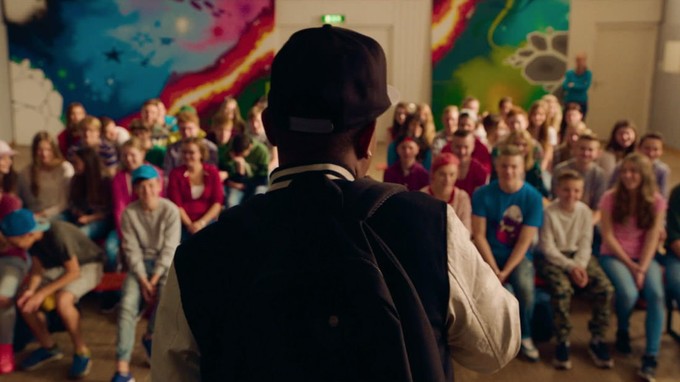Ain't It Cool News (www.aintitcool.com)
Review
SUNDANCE 2016: Reviews of MORRIS FROM AMERICA and WHITE GIRL!!!
Hey everyone. Capone here, freshly returned from Park City, Utah, where I once again attended the 2016 Sundance Film Festival. This year, I had a little coverage help from one Mr. Matt Hoffman, who picked up a few reviews and interviews that my schedule didn’t allow me to get to. So over the next few days, I’ll be alternating between my reviews and Matt’s, with the interviews to come later. Please enjoy…
Readers Talkback


